
Origin/Endemic status: Native
Synonymy ⓘ: = Ar, C, Can, F, FNA8, G, Il, K4, Mi, NE, NY, Pa, RAB, Tat, Tn, Va, W, WV, Camp (1935), Duncan & Brittain (1966), Gajdeczka et al (2010), Luteyn et al (1996), Sleumer (1967a); = Decachaena baccata (Wangenh.) Small — S; > Gaylussacia resinosa Torr. & A.Gray ex A.Gray var. glaucocarpa B.L.Rob. — S13; > Gaylussacia resinosa Torr. & A.Gray ex A.Gray var. resinosa — S13. Basionym: Andromeda baccata Wangenh. 1787
Links to other floras: = Gaylussacia baccata - FNA8
Show parent genus | Show parent in key(s)
Wetland Indicator Status:
- Atlantic and Gulf Coastal Plain: FACU
- Eastern Mountains and Piedmont: FACU
- Midwest: FACU
- Northcentral & Northeast: FACU
Heliophily ⓘ: 5
Hover over a shape, letter, icon, or arrow on the map for definition or see the legend.
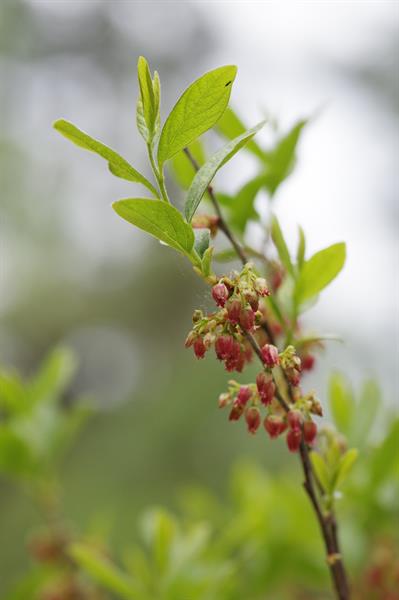 © Erik Danielson source | Original Image ⭷
© Erik Danielson source | Original Image ⭷ © Scott Ward | Original Image ⭷
© Scott Ward | Original Image ⭷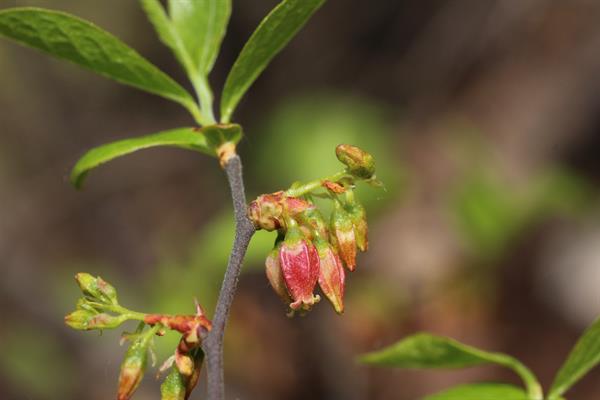 © Scott Ward | Original Image ⭷
© Scott Ward | Original Image ⭷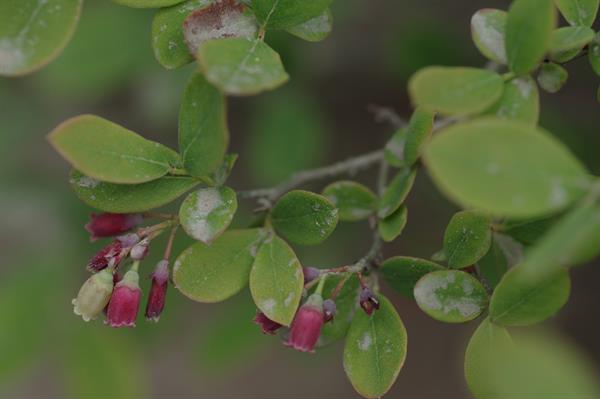 © Erik Danielson source | Original Image ⭷
© Erik Danielson source | Original Image ⭷ © Edwin Bridges | Original Image ⭷
© Edwin Bridges | Original Image ⭷ © Scott Ward, some rights reserved (CC BY), uploaded by Scott Ward source CC-BY | Original Image ⭷
© Scott Ward, some rights reserved (CC BY), uploaded by Scott Ward source CC-BY | Original Image ⭷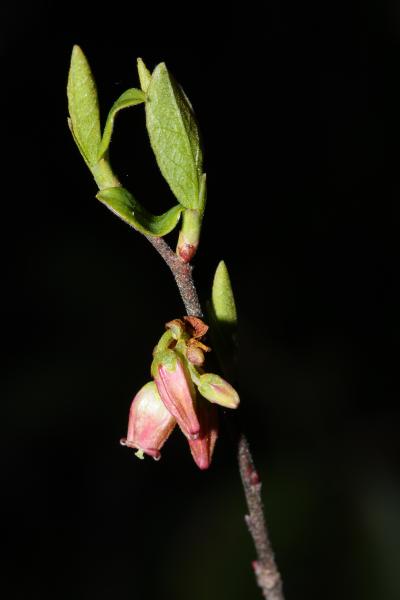 © Scott Ward | Original Image ⭷
© Scott Ward | Original Image ⭷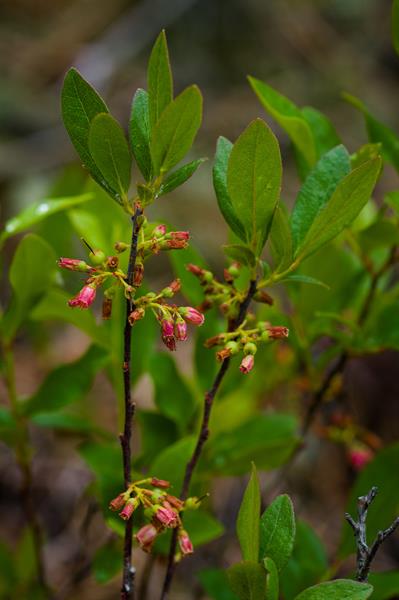 © Erik Danielson source | Original Image ⭷
© Erik Danielson source | Original Image ⭷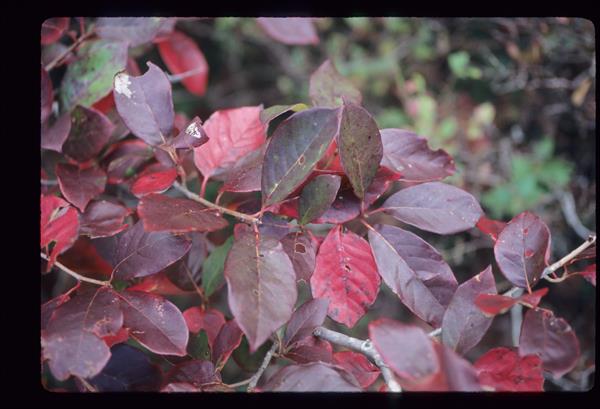 © J.W. Hardin | Original Image ⭷
© J.W. Hardin | Original Image ⭷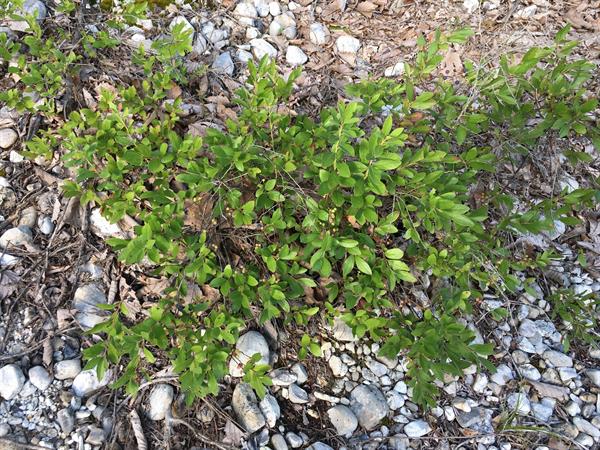 © Joey Shaw source | Original Image ⭷
© Joey Shaw source | Original Image ⭷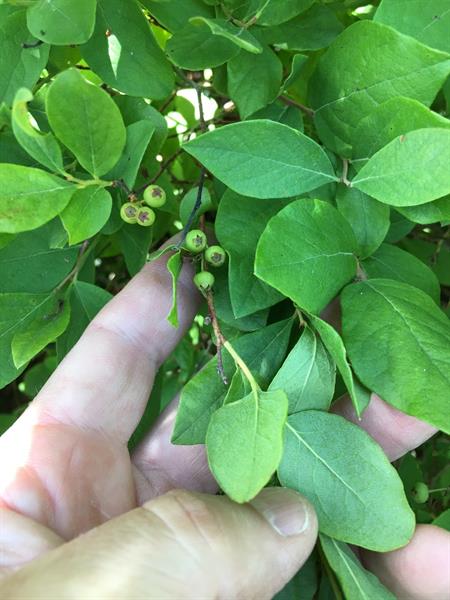 © Joey Shaw source | Original Image ⭷
© Joey Shaw source | Original Image ⭷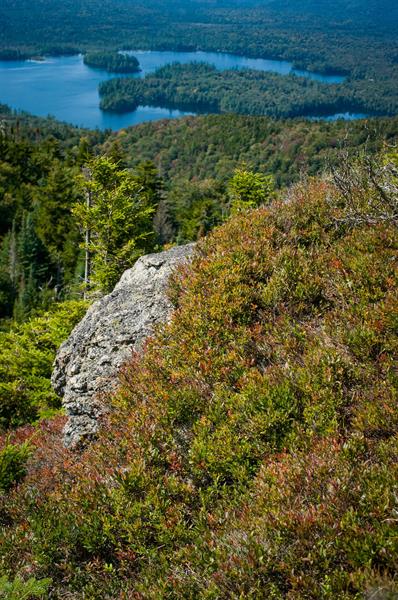 © Erik Danielson source | Original Image ⭷
© Erik Danielson source | Original Image ⭷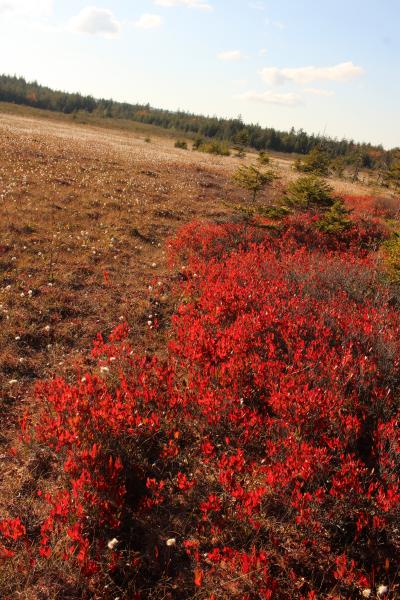 © Scott Ward | Original Image ⭷
© Scott Ward | Original Image ⭷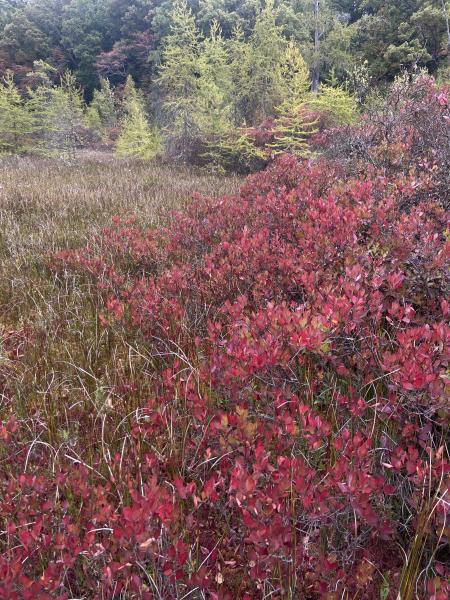 © Scott Ward | Original Image ⭷
© Scott Ward | Original Image ⭷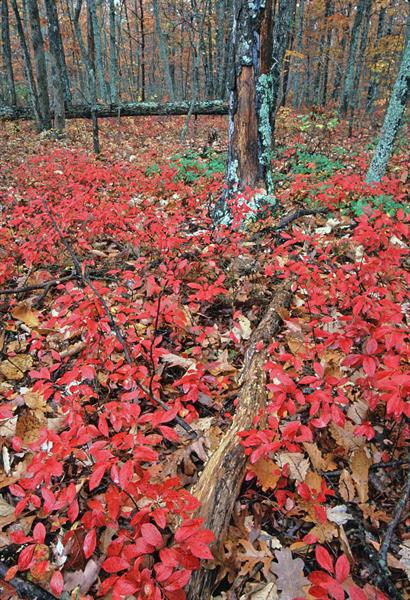 © Gary P. Fleming | Original Image ⭷
© Gary P. Fleming | Original Image ⭷Feedback
See something wrong or missing on about Gaylussacia baccata? Let us know here: (Please include your name and email if at all complicated so we can clarify if needed.) We greatly appreciate feedback, and will include updates from you in our next webapp update, which can take a few months. If a species is not keyed, that's because keying is ongoing. Please don't send us feedback about unkeyed species.
Horticultural Information
Intro:
Stems:
Leaves:
Inforescence:
Flowers:
Fruits:
Comments:
Height: 1-3 ft.
plant sale text: Black huckleberry is a wonderful small colonial shrub. It has reddish urn shaped flowers in spring followed by edible black huckleberries in summer. Best of all is its fall color. The deep red and orange leaves will stick around for some time and really help to add some interest to plantings late in the season. Try this great landscape plant as a tall groundcover or inter-planted with other perennials or shrubs.
bloom table text:
description:
stems:
leaves:
inflorescence:
flowers:
fruits:
comments:
cultural notes:
germination code:
native range: eastern North America
0 unsaved edits on this page.